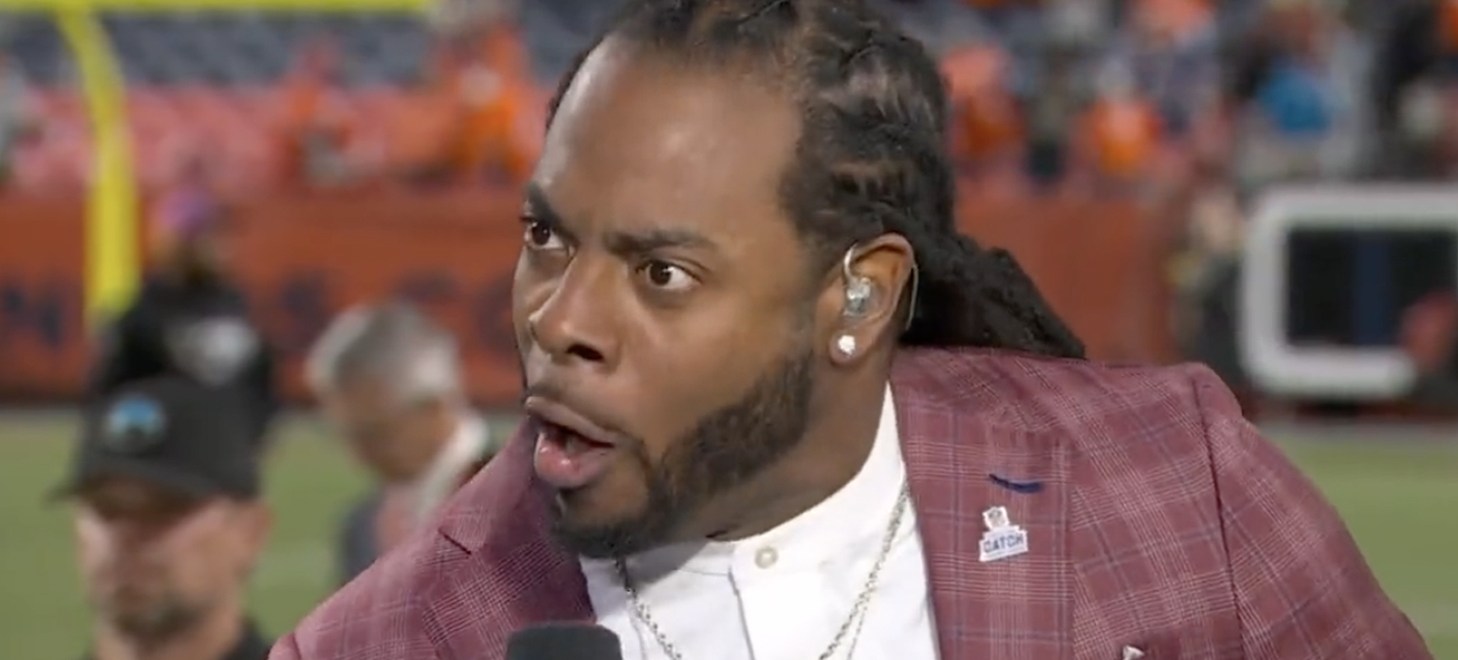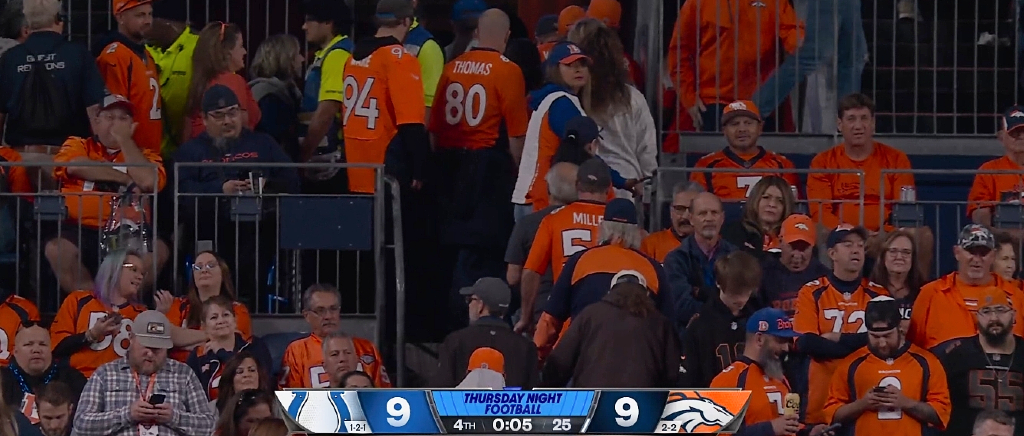
In recent times, Taylor Swift has been gradually rolling out the tracklist for her upcoming album Midnights, by revealing one song at a time in her “Midnights Mayhem With Me” series of videos. As of last night, there were five song titles yet to be unveiled, and Swift went ahead and revealed them all in one go, sharing a new video hourly between midnight and 4 a.m. ET last night/this morning.
Swift saved the most intriguing reveal for last, as she captioned the video, “The season finale of Midnights Mayhem with Me, with QUITE the twist of an ending…” As for the song, it was the fourth track, called “Snow On The Beach.” The song includes the album’s only credited feature: Lana Del Rey.
@taylorswift Our LAST EPISODE! The season finale of Midnights Mayhem with Me, with QUITE the twist of an ending… #TSmidnighTS #SwiftTok #MidnightsMayhemWithMe
The Del Rey collaboration shouldn’t come as a huge surprise to Swifties, as the link-up has been rumored for weeks now. The main piece of evidence here was a sweater: Fans caught a glimpse of a distinctive pattern of a sweater Swift wore in a Midnights teaser video, identifying the article of clothing as the same one she wore in a photo with Del Rey and Midnights collaborator Jack Antonoff in April.
Taylor Swift sparks collaboration rumors with Lana Del Rey as fans notice the shirt she wore while making #Midnights is the same shirt she wore in a photo with Lana Del Rey & Jack Antonoff in April. pic.twitter.com/5bh1hKwyu0
— Pop Crave (@PopCrave) September 17, 2022
Find the full Midnights tracklist below.
1. “Lavender Haze”
2. “Maroon”
3. “Anti-Hero”
4. “Snow On The Beach” Feat. Lana Del Rey
5. “You’re On Your Own, Kid”
6. “Midnight Rain”
7. “Question…?”
8. “Vigilante Sh*t”
9. “Bejeweled”
10. “Labyrinth”
11. “Karma”
12. “Sweet Nothing”
13. “Mastermind”
Midnights is out 10/21 via Republic. Pre-order it here.




